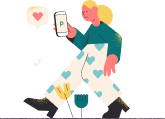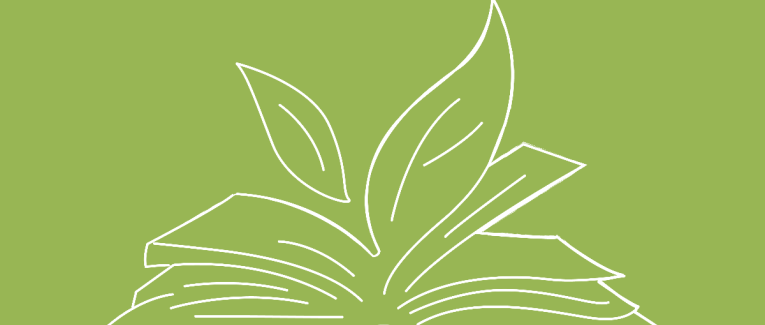
Green Tales: Empowering Creativity with German Students - Part I
 13 min
13 min
Green Tales: Empowering Creativity with German Students - Part I
How a European Project and German Partnerships Are Inspiring Environmental Awareness and Collaboration 🇪🇺 🇩🇪
Interview conducted by Panodyssey for Green Tales with Jenny Schmiedel
Can you describe the unique social and cultural environment of your school?
The Carl-Krämer Elementary School in Berlin's Wedding district represents a vibrant and diverse social and cultural environment that reflects the complex urban landscape of modern Berlin. Located in the Soldiner Kiez, an area traditionally characterized by socio-economic challenges, the school has transformed potential limitations into opportunities for meaningful intercultural education and personal development.
With over 90% of students having a non-German native language background, the school embodies a remarkable cultural mosaic. Approximately 80% of students are exempt from school material fees, indicating the socio-economic diversity of the families represented. The student population comprises children from 34 different nations, creating a rich, multilingual learning ecosystem where diversity is not just tolerated, but celebrated as a fundamental strength.
 As a full-day public school with an artistic focus, Carl-Krämer Elementary actively promotes creativity and artistic expression as key educational tools. The school's approach goes beyond traditional academic instruction, integrating programs like MUS-E that enable children to overcome language barriers through artistic projects. By emphasizing individual potential and intercultural understanding, the school provides a nurturing environment where students can develop not just academically, but also socially and emotionally.
As a full-day public school with an artistic focus, Carl-Krämer Elementary actively promotes creativity and artistic expression as key educational tools. The school's approach goes beyond traditional academic instruction, integrating programs like MUS-E that enable children to overcome language barriers through artistic projects. By emphasizing individual potential and intercultural understanding, the school provides a nurturing environment where students can develop not just academically, but also socially and emotionally.
The school's unique environment is characterized by its commitment to inclusive education, language support, and the recognition that each student's cultural background is a valuable resource for collective learning and growth.
What are the current educational challenges faced by schools in Berlin ?
Berlin's educational landscape is currently navigating a complex terrain of multifaceted challenges that reflect broader societal transformations. The city's schools are experiencing unprecedented pressures from demographic shifts, technological changes, and socio-economic disparities. At the forefront of these challenges is a critical teacher shortage, which has reached alarming proportions, forcing many schools to operate with significantly reduced staffing and compromised educational quality.
Infrastructure presents another significant hurdle, with numerous school buildings suffering from years of neglect and insufficient investment. Many facilities are outdated, poorly maintained, and unable to support modern pedagogical approaches. This infrastructural decay is particularly pronounced in districts like Wedding and Neukölln, where socioeconomic challenges intersect with educational infrastructure problems.

The integration of students from diverse backgrounds, especially those with migration histories or refugee experiences, represents a nuanced challenge. Schools must simultaneously address language barriers, cultural differences, and individual learning needs while maintaining educational standards. This requires sophisticated, individualized approaches that many schools struggle to implement effectively.
Digitalization remains a persistent challenge, with Berlin's schools significantly lagging behind in technological integration. Despite political promises, many classrooms still lack reliable internet connections, modern devices, and teachers trained in digital pedagogical methods. This digital divide threatens to exacerbate existing educational inequalities.
Moreover, rising social tensions, behavioral challenges, and decreasing academic performance in international comparisons like PISA underscore the systemic nature of these educational obstacles. The interplay of socioeconomic factors, migration dynamics, and structural educational limitations creates a complex ecosystem that demands innovative, holistic solutions.
These challenges are not merely administrative issues but represent fundamental questions about educational equity, social integration, and Berlin's ability to prepare its young generation for an increasingly complex, globalized world.
How are digital tools and artistic approaches currently integrated into teaching at your school?
The Carl-Krämer-Grundschule in Berlin integrates digital tools and artistic approaches into its teaching in several innovative ways:
The school has a strong focus on arts education, which is reflected in various projects developed in collaboration with artists and museum experts. This artistic emphasis provides a foundation for creative integration of digital tools.
Digital media are increasingly being incorporated into the curriculum, particularly in subjects like Sachunterricht (general studies). Teachers are exploring various digital tools to enhance learning experiences, including:
- Using tablets and integrated cameras to support hands-on learning in Sachunterricht.
- Implementing digital production and presentation tools to create engaging content.
- Utilizing podcasts as an educational medium to develop listening and speaking skills.
- Creating and using explanatory videos to support visual learning.
- Introducing playful programming activities to foster creative, problem-solving, and computational thinking.
The school also participates in the MUS-E program, which brings professional artists into the classroom. This program has facilitated projects that combine traditional artistic methods with digital technologies. For example:
- A graffiti and street art project where students learned urban art techniques and created digital designs.
- A film project where students wrote scripts, drew backgrounds, and used stop-motion and green screen techniques to create their own movies.
- An interdisciplinary project combining art, literature, and dance, which could potentially incorporate digital elements in its execution and presentation.
 These initiatives demonstrate how Carl-Krämer-Grundschule is actively integrating both digital tools and artistic approaches to create a rich, multifaceted learning environment that engages students and prepares them for an increasingly digital world.
These initiatives demonstrate how Carl-Krämer-Grundschule is actively integrating both digital tools and artistic approaches to create a rich, multifaceted learning environment that engages students and prepares them for an increasingly digital world.
In what ways has Green Tales is contributing to fostering creativity among students and teachers?
The Green Tales project has made significant contributions to fostering creativity among students and teachers through its innovative approach to environmental education. By combining artistic expression with ecological awareness, the project has created a unique platform for creative exploration and learning. Students are encouraged to embark on a creative journey, exploring the four elemental forces of Earth, Air, Water, and Fire through artistic processes. This approach allows children to rediscover their connection to the natural world while simultaneously developing their creative skills.
One of the project's key strengths is its integration of professional artists into the classroom environment. These collaborations expose students to expert guidance and diverse artistic techniques, broadening their creative horizons. The project has facilitated various creative endeavors, including scriptwriting, which has proven particularly effective in enhancing students' creativity and language skills. Through these activities, students have improved their self-expression, teamwork abilities, and gained a more global perspective.
Green Tales has also embraced digital tools and storytelling as means of creative expression. Students are encouraged to create new tales using their imagination, fostering narrative skills while addressing environmental themes. The project's use of drama, role-play activities, and workshops has provided valuable opportunities for large-group collaboration, further nurturing creativity and cooperation among students and teachers alike.
The cross-cultural aspect of Green Tales, involving children from Iceland, Germany, Spain, and Turkey, has added another layer of creativity by promoting cultural exchange and diverse perspectives. This international collaboration has led to innovative projects, such as the creation of animated movies, introducing new forms of teamwork and creative problem-solving.
Teachers have also benefited from the project, finding new ways to integrate artistic approaches and digital tools into their teaching methods. This has resulted in more engaging and interactive learning experiences, boosting student motivation and participation. The project has demonstrated that combining art, environmental awareness, and digital technologies can significantly enhance the educational process, inspiring both students and teachers to think creatively about complex global issues.
Overall, Green Tales has created a rich, multifaceted learning environment that not only fosters creativity but also promotes environmental consciousness and social inclusion. By providing resources designed to spark creativity and drive change, the project is laying the groundwork for a more imaginative and environmentally aware generation of students and educators.
How do you see Green Tales influencing the future of education in your region and beyond?
Green Tales is poised to significantly influence the future of education in Berlin and beyond by pioneering an innovative approach that seamlessly blends environmental awareness, artistic expression, and digital literacy. This project, which brings together children from diverse backgrounds in Germany, Iceland, Spain, and Turkey, is creating a ripple effect that extends far beyond the classroom walls.
By engaging students in creative storytelling centered around the four elements of nature, Green Tales is fostering a deep connection between children and their environment. This approach not only enhances environmental consciousness but also develops critical thinking and problem-solving skills essential for addressing future ecological challenges. The project's emphasis on digital tools and artistic approaches is preparing students for a rapidly evolving technological landscape while nurturing their creativity and self-expression.
In Berlin, where schools face challenges such as teacher shortages and integration of immigrant students, Green Tales offers a model for inclusive, engaging education that transcends language barriers and socioeconomic disparities. The project's success at the Carl-Krämer-Grundschule, where over 90% of students have a non-German background, demonstrates its potential to promote social inclusion and cultural understanding in diverse urban settings.
Looking beyond Berlin, Green Tales' collaborative international framework provides a blueprint for cross-cultural education initiatives. By connecting students from different countries through shared creative projects, it's fostering global citizenship and intercultural competence, crucial skills for the future workforce.
The project's integration of professional artists into the educational process is reshaping traditional teaching methods, inspiring educators to incorporate more interactive, interdisciplinary approaches. This could lead to a broader shift in curriculum design, emphasizing experiential learning and creative problem-solving across subjects.
As environmental issues become increasingly pressing, Green Tales' focus on ecological awareness through artistic expression could influence policy makers to prioritize environmental education in national curricula. The project's success might inspire similar initiatives, potentially leading to a network of environmentally conscious, artistically inclined schools across Europe and beyond.
In conclusion, Green Tales is not just an educational project; it's a catalyst for transformative change in how we approach education, environmental awareness, and cultural understanding. Its influence is likely to extend far beyond its immediate participants, shaping a more creative, environmentally conscious, and globally minded generation of learners and educators.
What do you think is the most significant European benefit or contribution of the Green Tales project?
The Green Tales project has emerged as a significant contributor to European education, offering multifaceted benefits that extend beyond traditional learning paradigms. At its core, the project's most substantial European benefit lies in its innovative approach to fostering environmental awareness and social inclusion through creative expression and digital literacy. By engaging primary school children from diverse backgrounds in Iceland, Germany, Spain, and Turkey, Green Tales is cultivating a generation of environmentally conscious, culturally aware European citizens.
The project's unique blend of artistic approaches and digital tools not only enhances students' creativity but also equips them with essential skills for the 21st century. Through activities like scriptwriting, drama, and the creation of animated movies, students develop critical thinking, collaboration, and communication skills while exploring complex environmental themes. This interdisciplinary approach aligns seamlessly with the European Union's goals for green education and digital transformation, as outlined in initiatives like the European Green Deal and the Education for Climate Coalition.
Furthermore, Green Tales contributes significantly to social inclusion and intercultural understanding, critical aspects of European identity formation. By facilitating collaboration between students from different countries, the project promotes a sense of shared European heritage and values. This cross-cultural exchange fosters empathy, broadens perspectives, and prepares students for an increasingly interconnected world, aligning with the EU's vision for a more cohesive and inclusive society.
 The project's focus on environmental issues also supports the EU's ambitious climate goals. By instilling ecological awareness from a young age, Green Tales is laying the groundwork for future generations of environmentally responsible citizens and potential green innovators. This aligns with the EU's broader strategy to transition towards a sustainable, climate-neutral economy by 2050.
The project's focus on environmental issues also supports the EU's ambitious climate goals. By instilling ecological awareness from a young age, Green Tales is laying the groundwork for future generations of environmentally responsible citizens and potential green innovators. This aligns with the EU's broader strategy to transition towards a sustainable, climate-neutral economy by 2050.
In essence, the most significant European benefit of the Green Tales project is its holistic approach to education that simultaneously addresses environmental consciousness, digital literacy, creativity, and cultural understanding. By doing so, it is actively contributing to the development of well-rounded, environmentally aware European citizens equipped to face the challenges of the future.






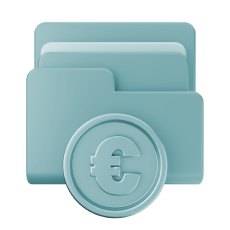

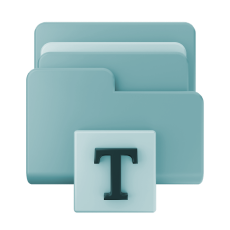
 English
English
 Français
Français
 Deutsch
Deutsch
 Italiano
Italiano
 Español
Español



 Colaborar
Colaborar
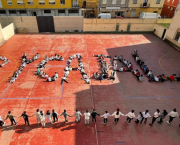
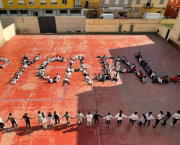
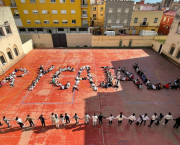
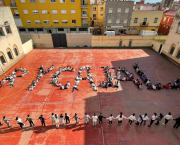
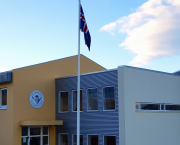
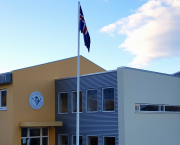
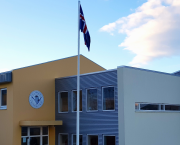
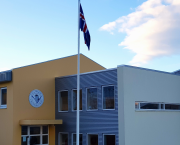
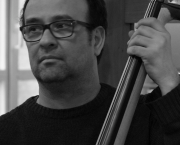
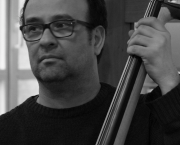
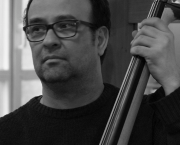
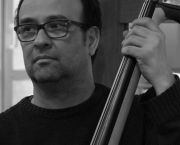
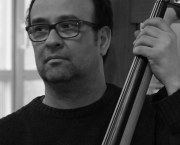
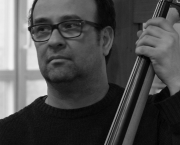




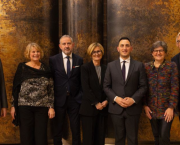
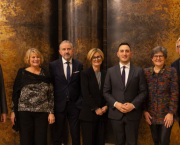
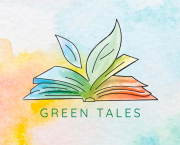
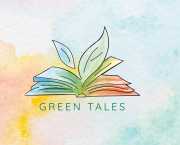
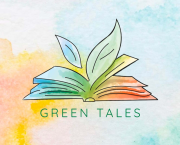
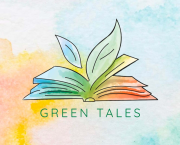
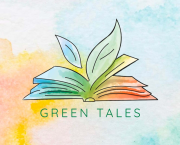
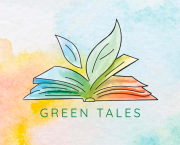
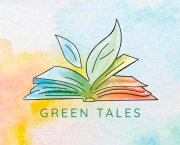
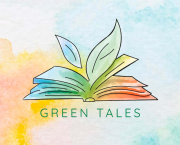

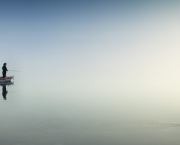
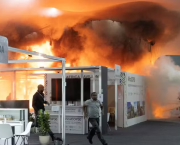
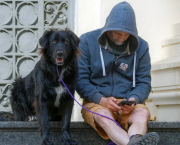
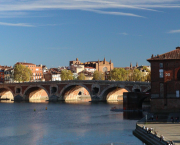
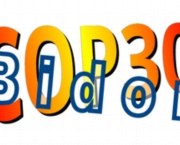
 Puedes apoyar a tus escritores favoritos
Puedes apoyar a tus escritores favoritos



